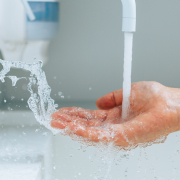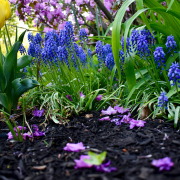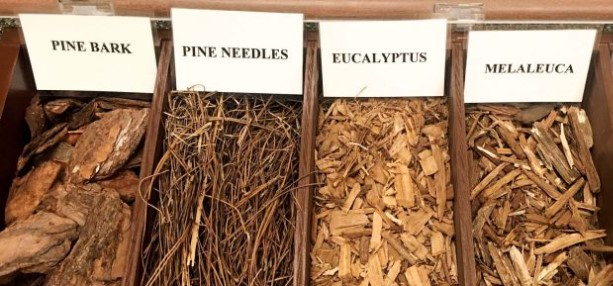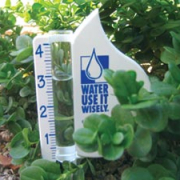Did You Know?
It takes about 20 gallons of water to produce a pint of beer.
Average household leaks account for nearly 10,000-gallons of water wasted every year.
75% of the human brain is water and 75% of a living tree is water.
Turning off the water when brushing your teeth can save up to 4-gallons a minute.
You can begin to use water wisely by placing a bucket in the shower to catch the excess water to be used for watering your plants.
Children in the first 6 months of life consume seven times the amount of water per pound as the average American adult.
Watering your plants and lawn in multiple short sessions supplies better absorption and avoids runoff.
A garden hose left unattended can pour out 600 gallons or more in a few hours.
Each day, we lose a little more than a cup of water (237 ml) when we exhale it.
During the growing and production of a tomato, 3 gallons of water are needed.
It takes more than twice the amount of water to produce coffee than tea.
97% of the world’s water is salty, 2% is trapped in ice, leaving only 1% for human consumption.
It takes seven and a half years for the average American home to use the same amount of water that flows over the Niagara Falls in one second (750,000 gallons).







